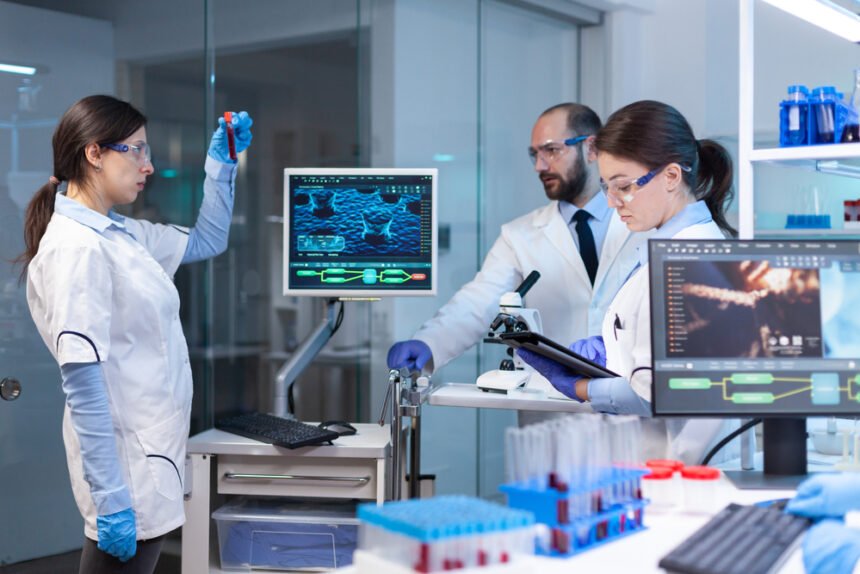Medical technology is advancing at a faster pace than ever before. When you see AI and augmented reality being released, the truth is that there are so many applications that are only just now being explored. The world of medicine is changing. In the same way that X-rays and MRIs changed the medical field, AI and 3D printing are changing the landscape as you read this article. While there are too many advancements to count today, here are 8 technologies that are changing how medicine is done.
Artificial Intelligence for Medicine
Doctors have limitations. Sometimes they fail to recognize that certain symptoms indicate a disease simply because they have never had a patient present that way. But Artificial intelligence (AI) is getting better at diagnosing diseases and can be used to complement the work of medical doctors. AI can also help doctors make better quick decisions in the emergency room, operating room, and intensive care unit. In fact, it’s estimated that by 2030 AI may be able to diagnose cancer as well as a human oncologist. These advances mean that people can get quicker access to treatments that can be lifesaving.
Advanced Tools for Training Medical Professionals
Now more than ever before doctors, nurse practitioners, pharmacists, and other medical professionals need access to information for training, certifications, and expanding their skill sets. Older tools were clunky, analog, and hard to access. Nowadays there are robust learning management systems with video training, exam study questions, and more to ensure that these medical professionals have everything they need to succeed and provide quality patient care. The tools for a nurse practitioner review for example include more test questions including working with special populations.
3D Printing for Medical Devices
3D printing is a process that creates three-dimensional objects from a digital file. It’s used in many industries, including medicine. In the medical field, 3D printers are being used to create custom medical devices and prosthetics. This technology is truly revolutionizing medicine in ways that were once unimaginable.
Advanced Telemedicine Options
Telemedicine is the use of technology to provide medical care at a distance. It can be used for diagnosis, treatment, and follow-up for patients who are too ill to travel or live in rural areas where access to medical facilities is limited. This is a fantastic option for diagnostics as well when paired with smart tools that can record heart rate, temperature, oxygen levels, and more.
Virtual Reality for Doctors
Virtual reality has been used by surgeons to train in simulations before they go in to perform a live surgery. This level of practice allows them to practice complex surgeries using real-time images from cameras embedded inside an operating room with no risk of infection or injury. It’s also been used by doctors to treat burn victims
Wearables That Can Save Your Life
While most people don’t think much of a smart watch, wearable technology has come a long way. Diabetic children can wear devices that monitor their blood sugar and sound alerts when their levels are too high or too low. This allows for faster treatment instead of needing to wait on a finger prick to figure out how high or low the sugars are. This technology is potentially lifesaving for these children.
Nanotechnology in Medications
Nanotechnology is used to create microscopic devices that can be used to treat or monitor disease. In the past, nanotechnology was used to develop new drugs and treatments for cancer that were able to target tumors more precisely than traditional methods. These new treatments are also less toxic than previous ones. While the technology is still being explored, its applications are powerful.
Big Data to Improve Health Outcomes
Data analytics is the use of data to improve health outcomes. This can be done through the use of things like predictive analytics. Patients can be more easily identified as high-risk, for example, or doctors can receive alerts when they need to order specific tests or treatments. The use of this type of technology has been shown to improve patient care while also cutting costs by reducing errors and unnecessary treatments.
Conclusion
There is no doubt that we are living in a time of medical miracles. The advances that have been made in the field of medicine over the last few decades have been used to save millions of lives and improve the lives of countless others. And right now we are just scratching the surface of what these technologies can do.

